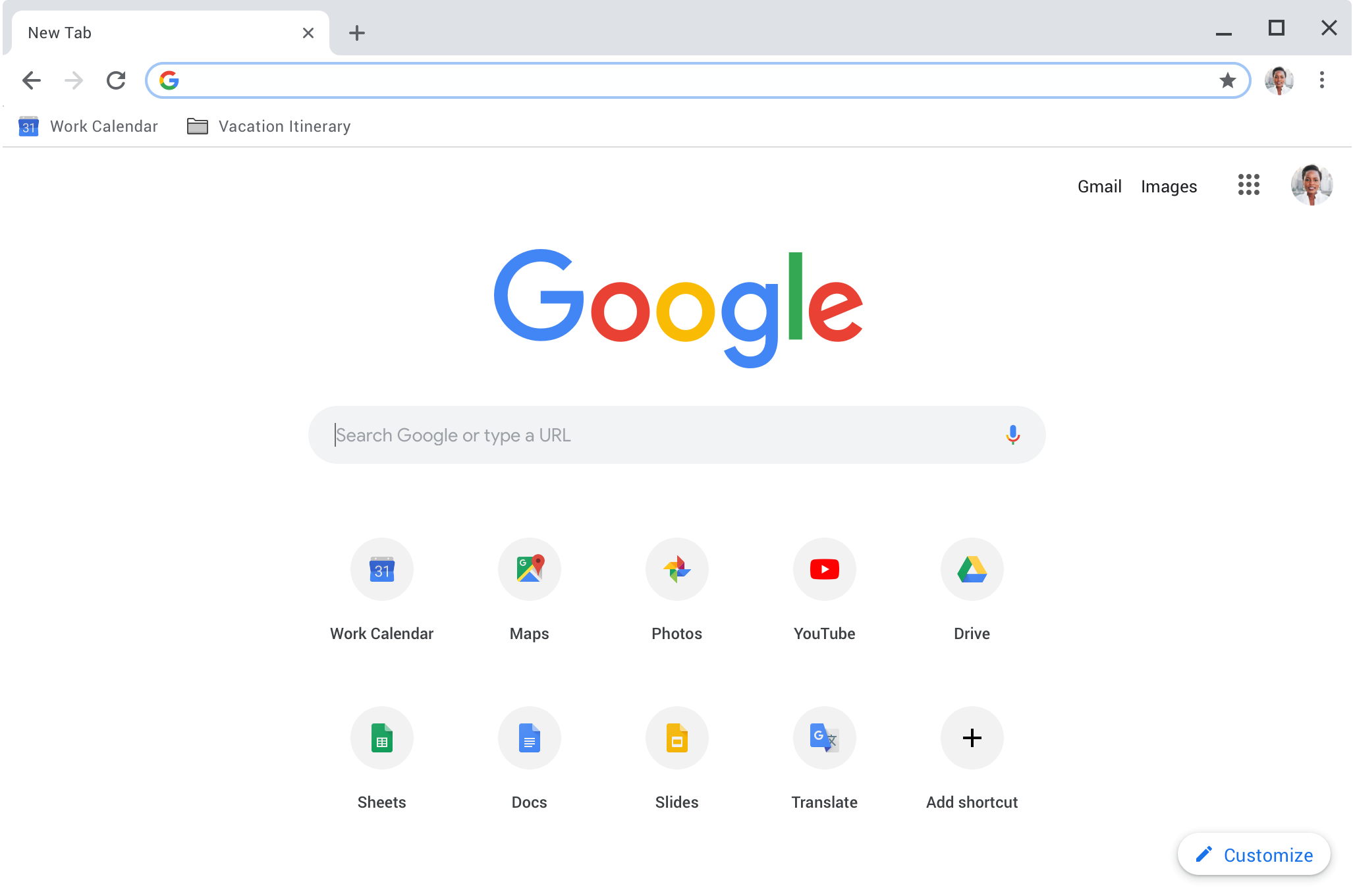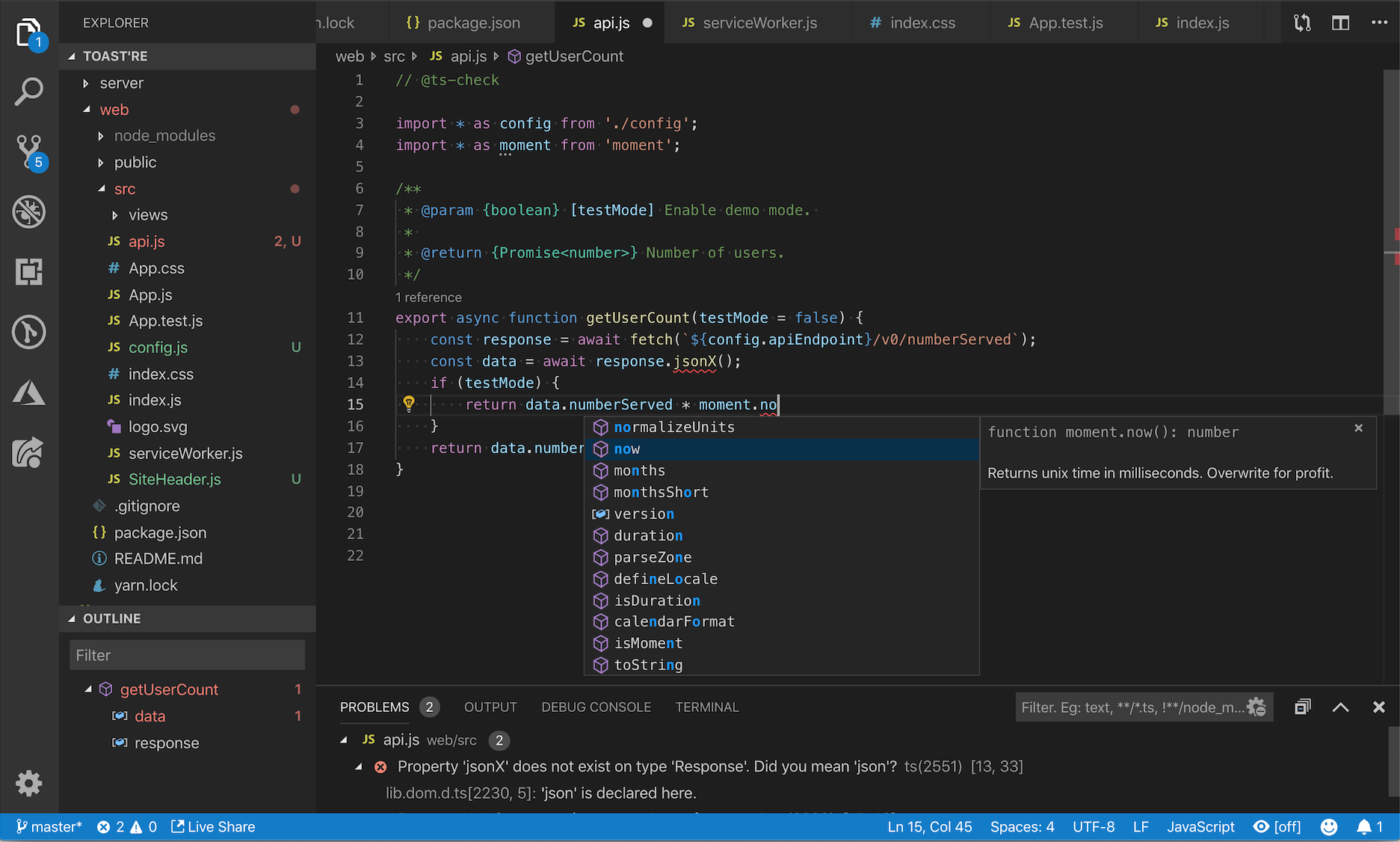Javascript in the Browser - Getting Started
- Duration: 1 hour
Digital technologies increasingly form the backdrop for our everyday work and play – Gather.town, Waymo and Kodiak, Slack, Instagram, Mastodon and Bluesky, Spotify, Alexa, Meta Quest and Metaverse — the list is almost endless. Something as simple as a weather widget mediates awareness of the world in ways that matter to the person using it – should I walk with an umbrella? do I need my sunglasses? maybe I should pack an extra sweater? since its raining, maybe I'll go to the museum instead of for a walk in the the park?
This project-based tutorial will walk you through the steps of building a weather widget – starting with the basic HTML structure, building out the styles, fetching dynamic data and implementing interaction. The challenge is to design a display of current weather conditions for a single city that will be determined by the user of your site.
References
Getting Started
The following are the instructions for getting your computer set up to complete the modules in this sequence.
Set-up the following accounts and software:
- Google Chrome – web browser with a robust set of developer tools
- VS Code – beginner-friendly code editor
- GitHub – internet hosting service and version control
- GitHub Desktop – web application (graphical user interface) that enables you to interact with Git
Web Browser

This sequence uses Google Chrome as the preferred browser for its robust DevTools. If you don’t already have it, please follow the installation instructions for Google Chrome.
It is recommended that you install the following Chrome Extensions:
Code Editor

What is a Code Editor?
- Code editors provide an interface for viewing and modifying files.
- There are different kinds of code editors:
- Terminal/command line: Vim, Emacs, GNU nano
- Window-based: VS CODE, Sublime, Atom, TextMate, Notepad++
Modern Code Editors
- Can open a file or directory.
- Can understand context.
- Feature context-sensitive help.
- May highlight errors or bad practices in your code.
- Adapt to different file formats.
- Provide syntax highlighting.
- Provide extensions and plugins to add additional features to a text editor.
Types of Text Files
- Markdown
- HTML
- JavaScript
- Python
Get Up and Running with VS Code
This sequence uses Visual Studio Code as the preferred code editor because it is free, open-source and has cross-platform capabilities, meaning that it supports macOS, Linux, and Windows - so you can hit the ground running.
- Download Visual Studio Code:
- Open the downloaded zip file.
- Drag the unzipped
Visual Studio Codeapp to yourApplicationsfolder. - Launch the application by clicking on the icon or press
Command + Spacebarand type VS Code in the input field that appears
References: Visual Studio Code Tips and Tricks
Add Packages
Visual Studio Code’s core functionality can be extended using thousands of third-party packages that can help reduce your errors, and increase your productivity. Install VS Code Extensions in the VSC extensions sidebar.
- Click on the
Extensionsicon and search forindent rainbowextension. - When you have found the package, click on the green
installbutton. - You may be prompted to reload your Visual Studio Code. That’s perfectly fine!
- After reloading, you will now have that extension installed and activated!
- Now, try searching for and adding the
open in browserextension as well.

